The deep cultural gloom that has enveloped Carrara for too long is occasionally illuminated by flashes of lightning coming from a well-defined source: the 18th-century rooms of Vôtre at the Palazzo del Medico, at the moment the only space in the city, pending the reopening of the Fondazione Conti’s exhibitions at Palazzo Cucchiari, that is able to offer the public programming based on quality and continuity. After the summer euphoria of the Cybei exhibition, Carrara has once again plunged into its usual gloomy and indolent lethargy: of the future opening of Mudac there is no news, the Carmi continues to be a mysterious object (perhaps even for the municipal administration itself), the Marble Museum is only talked about in relation to its eventual (and, in the case, improvised) relocation to the historic center, and the CRC Foundation is juggling ups and downs, apparently without a defined vision and without bothering to maintain, at least for its flagship exhibitions, the same level between one review and the one that follows it. In a Carrara where culture is now completely abandoned to itself, Vôtre has taken on the task of providing the outside world with the image of a city where, after all, some flame of life still burns. And it does so with an important project: Uguali Disuguali, which comes after the KRU group show entirely dedicated to young art, after the important solo show by Michelangelo Galliani, after the exhibition-tribute by Francesco Lauretta and Andrea Di Marco, and after the many Project Room initiatives that have promoted and supported young, emerging and artists to be rediscovered.
Curated by the indefatigable Nicola Ricci and organized in collaboration with the Giovanni Bonelli Gallery, Uguali Disuguali bears the same title as an exhibition that Ricci himself curated in 2018 in the spaces of Palazzo Binelli. The idea was simple: to bring, to the rooms that then housed a selection of neoclassical and Romantic plaster casts from the Academy of Fine Arts, a group of Italian and international artists, all already established and in some cases even already historicized, to highlight agreements and disagreements between the works of two centuries ago and the ways of art today. But Uguali Disuguali were also the languages of individual contemporary artists: harmonies and dissonances, therefore, also emerged from the vis-à-vis comparisons between the works of the nineteen authors Ricci had chosen for a group show that, looking back, was one of the most interesting projects of the last five years in Carrara. So we start again from this suggestion, and today the Unequal Equals are the artists themselves. Increased in number (they are twenty-five) and limited to the Italian scene, but with a selection that is always based on the idea of comparing names that have now entered the art history manuals with those of so-called mid-career artists, already established or emerging. And with the radical choice of exhibiting only painting and sculpture (with only two exceptions, as will be seen), thus orienting the path toward the direction that contemporary art is taking with increasing conviction, as the major international events and fairs also show. Trying, however, to represent, if not all, at least a good part of the languages that Italian art of the present speaks to its audiences.
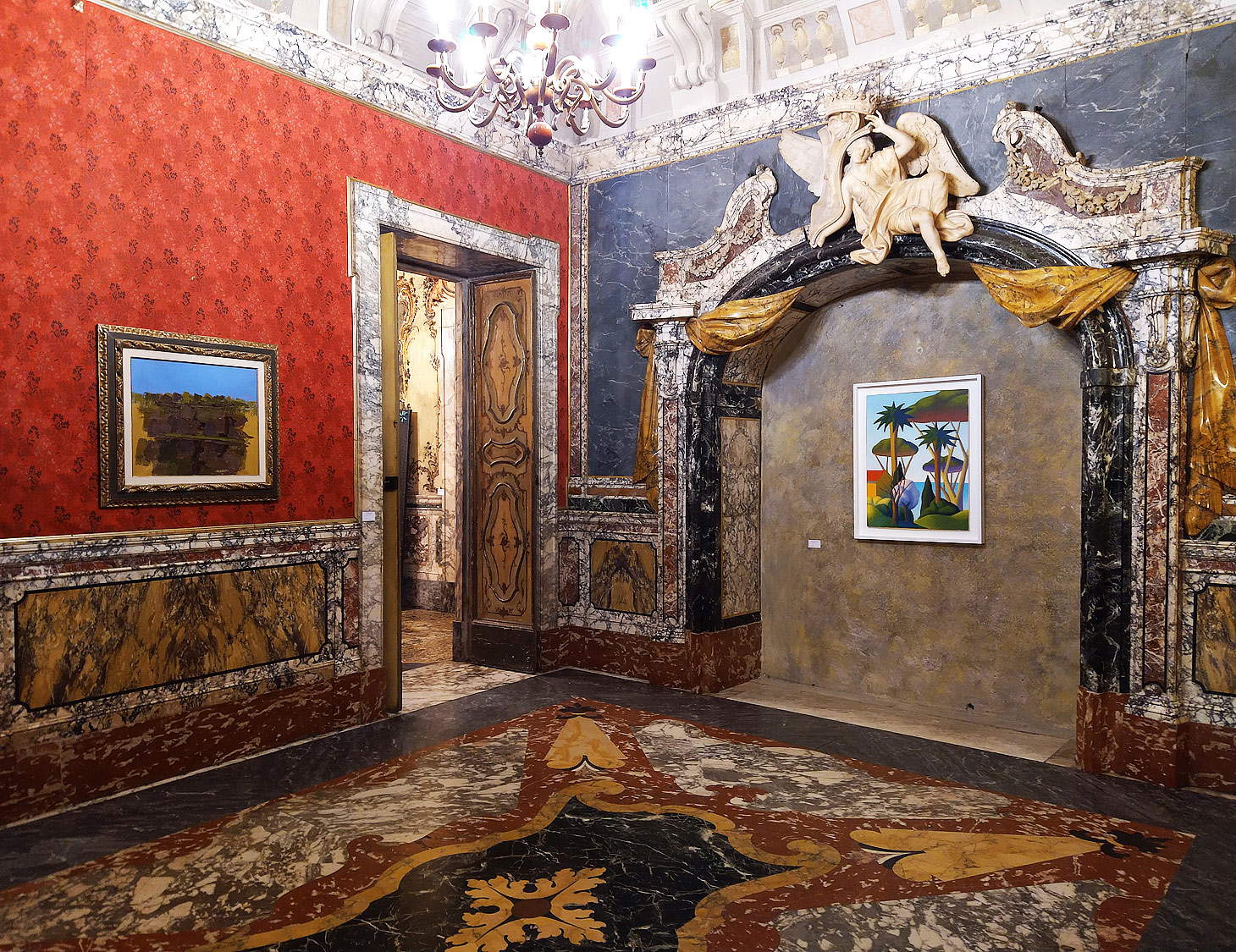

The exhibition begins with a spectacular confrontation between two large-format works, namely one of Aldo Mondino ’s works dedicated to the dervishes that so fascinated him during his travels in Asia(Sufi, work from 2004), and a view(Torno domani, oil on linen from 2009) by one of the greatest living Italian landscape painters, Giovanni Frangi. On the one hand, Islamic mystics dance on linoleum, becoming a kind of alter ego of Aldo Mondino, who never made a secret of the fact that for him painting was like praying, it was like rising to a state of ecstasy. On the other, the liquid painting of the Lombard artist, no less rich in philosophical implications: the seascapes omnipresent in his work are lyrical and contemplative landscapes, made to be breathed in and meditated upon, in awareness of the transience of existence (note that, the following year, Frangi would paint a series programmatically entitled Wabi Sabi). The theme of the view follows and ends in the next room with a further comparison, between Salvo ’s Primavera and a canvas by Ennio Morlotti to bring into dialogue two radically different ways of understanding landscape painting, but which arrive at a not so distant result: to take us far from reality. On the one hand, then, the colorful, bright and almost fairy-tale worlds of Salvo, and on the other, the informal style of Morlotti who, with this work from the 1980s, aims not to give us the image of a piece of landscape, but to evoke the spirit that hovers over that place, with a painting that does not describe, but immerses itself in reality to probe its most hidden and concealed elements. Completing the room, as if to recall the eternal clash between nature and culture, an art-historical topos present in almost all eras, is a small selection of papers by Fausto Melotti, two from the 1970s and one from 1936: the latter is the oldest work in the exhibition, belonging to a period that marks the point of maximum rapprochement of the great artist from Trentino, who had recently graduated in electrical engineering at the Milan Polytechnic, to the ideas of rationalism.
The tour of Palazzo del Medico’s frescoed rooms ends in the next room, where an extraordinary canvas by Omar Galliani, The Gorges of Smyrna, and Marco Tirelli’s monumental Efisio are confronted. Thus we return to large-format painting, with two works of supreme quality that would also fit nicely in a museum. Renato Barilli, at the seminal Anniottanta exhibition held in 1985 at the Galleria d’Arte Comunale in Bologna (today’s MAMbo, which has changed location since then), had classified Galliani and Tirelli on two opposing poles. Galliani stood on that of anachronism, of recovering the past. Today we know the Emilian artist as a very fine draughtsman, and it will therefore be surprising to see this early masterpiece of his, which recalls Symbolist atmospheres with a neo-Venetian style of painting, pervaded by Titianesque memories. Instead, Tirelli was being placed in the post-abstraction sphere, an exponent of that New Roman School of which he is perhaps the most essential and rigorous artist, as demonstrated by his work in the exhibition, a research on forms that seeks to reduce reality to its essence in order to open up to all possibilities and allow the viewer to go beyond the perceived.

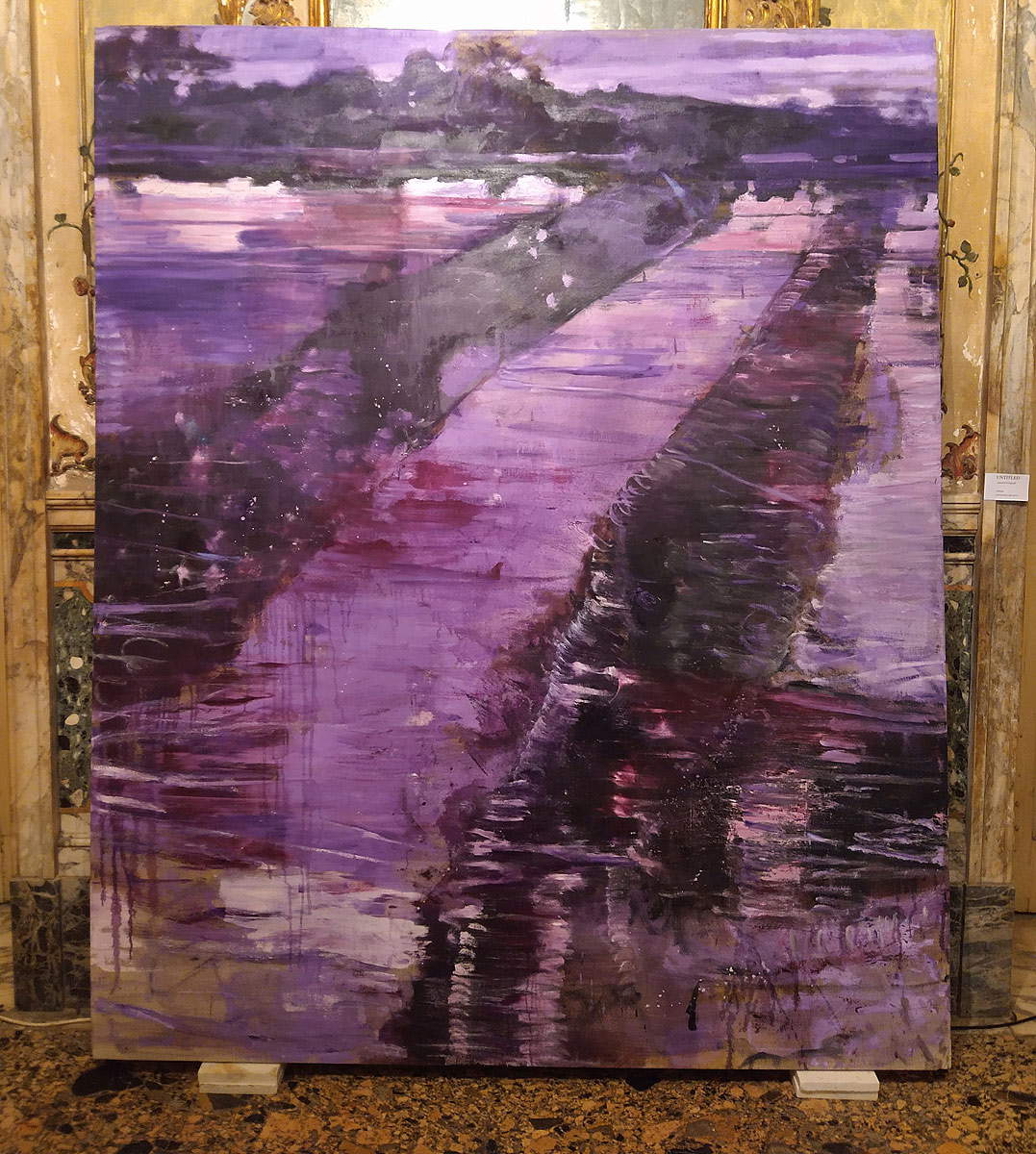
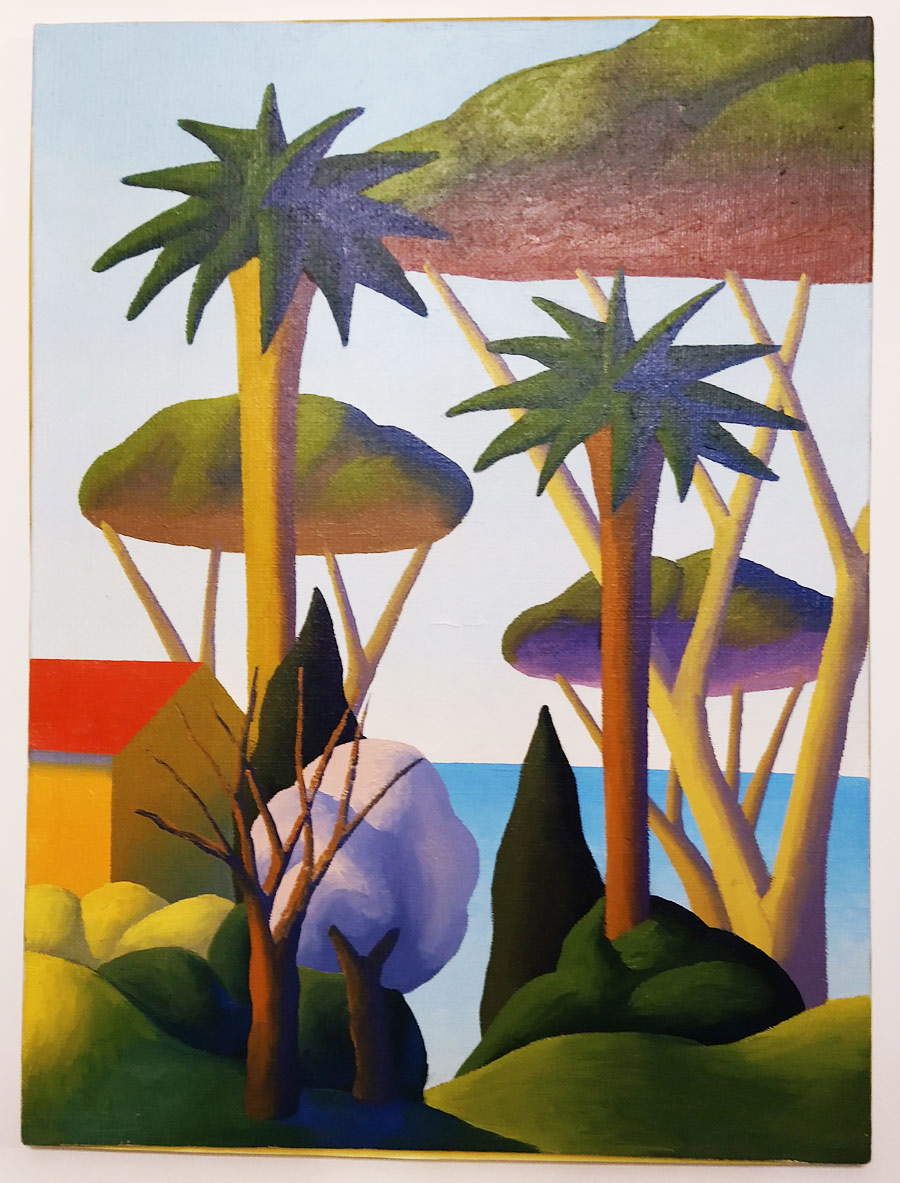


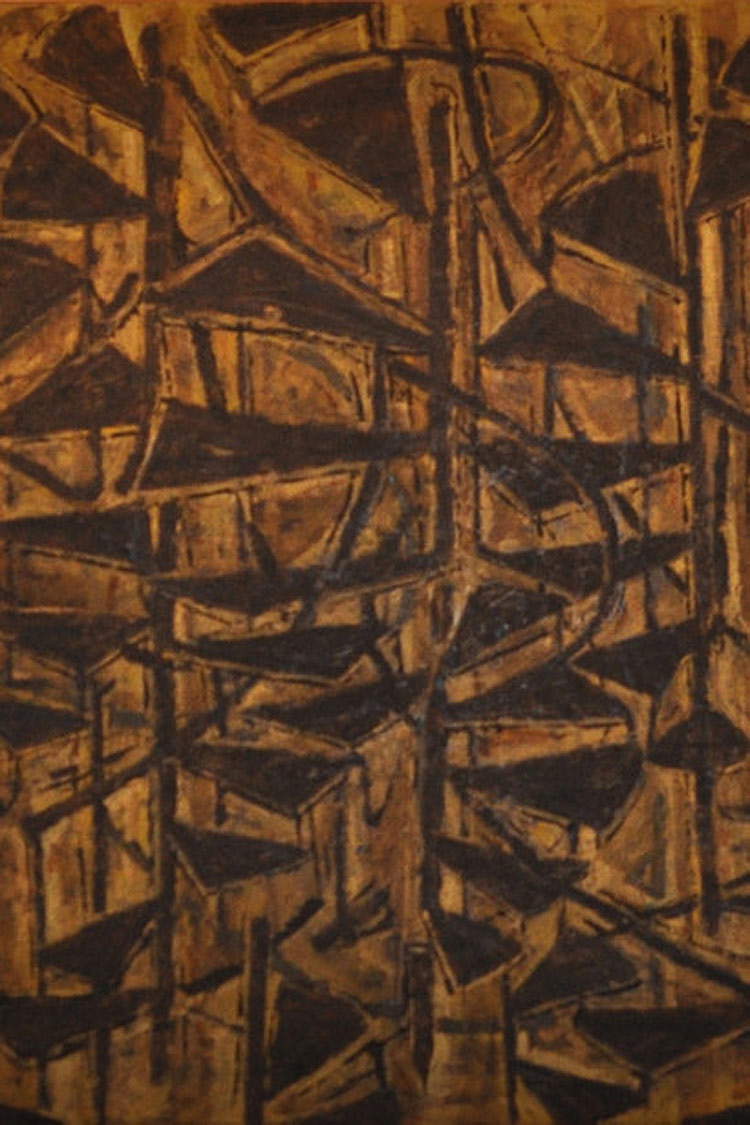
Continuing, in the large central hall, a collage from the 1980s by Giulio Turcato, standing alone on one wall, stands as a kind of historical introduction: a last spark of the neo-avant-garde before plunging into the painting of the present. By affinity of language, a large fabric by the Tuscan artist Michela Martello is placed next to an Untitled canvas by Sandro Chia, and after all, in an exhibition that aims to trace historically a part of the main developments in Italian art in the last two decades, a reference to the Transavanguardia was almost a must, a current that for some time also fascinated Marco Cingolani, who was, however, able to break free from it. And today Cingolani is one of the Italian artists who works best on color: halfway through his work is Comizio dei poeti, a sort of swirling and intoxicating trip that conveys all the nonconformism of an artist animated by an uncommon vitalism. Next to him, to continue the discourse on color, one admires an artist of the same generation, Massimo Kaufmann, with one of his very rigorous abstractions where the chromatic values are arranged on the canvas like notes in a balanced musical score. Then here, not far away, is a marvelous Red Walk by Francesco Lauretta, an artist linked to figuration declined, however, in a strongly evocative sense: and this painting of his, which takes us back to the poetics of the paysage-état d’âme, speaks directly to our inner self.
A mosaic by Mauro Manetti, Manto, breaks the rhythm and introduces further experiences, those of Federico Fusj, one of only three artists who were also present at Uguali Disuguali in 2018 (the others were Nicola Carrino and Luigi Mainolfi) and who in this new chapter of the project arrives with one of his works on paper that infuse color with personality, and Gabriele Landi, a refined geometric painter and sculptor capable of creating sophisticated balances of shapes and colors, which almost seem to shine with their own light. Completely different language, on the other hand, on the adjoining wall, for Simone Pellegrini from Marche, one of the youngest artists in the exhibition, with his ancestral, visionary, ambiguous, timeless painting, a creator of maps of symbols that seem to re-emerge from remote eras. Alongside, another exponent of the New Roman School, Piero Pizzi Cannella, present at Uguali Disuguali with his 1997 Vetri. Two masters close the itinerary in painting: Luigi Mainolfi, who is also and above all a sculptor, is shown with two works that recall, on the two-dimensional surface, the idea of terracotta, and Fabrizio Plessi whose work on paper from 1982, Video installazione. Project reflecting water, where the protagonist is water, one of the central elements of the Reggio Emilia artist’s poetics.
The sculpture section, which closes the exhibition, opens with the essential forms of Nicola Carrino’s Deconstrutivo in steel, counterbalanced by one of Novello Finotti ’s famous and surreal turtle-women with, in the middle, a sculpture by Andrea Cascella. In the center of the room the only work that, along with Manetti’s mosaic, departs from the painting-sculpture pair: it is an installation by Antonia Ciampi composed of objects placed within glass cases arranged on pedestals and marked by short inscriptions. These are typical works of her production, reviving the theme of memory and posing as small Wunderkammer reduced to the bone and governed by the will to act on the emotion and memories of the observer. We conclude the exhibition by looking at the latest production of one of the most interesting and visionary painters we have in Italy (and who deserves far greater consideration and recognition than he currently enjoys), Roberto Chiabrera from Genoa, who has brought to Uguali Disuguali a new series of ceramic works that, with the typical manner of his painting, close to the American anxieties of the various Condo, Pettibon, Katz and others and reconsidered, however, under the Mediterranean light, rework in three dimensions his typical repertoire, made up of surfers, animated objects, strange and tormented characters who seem to come out of constant and continuous hallucinations.

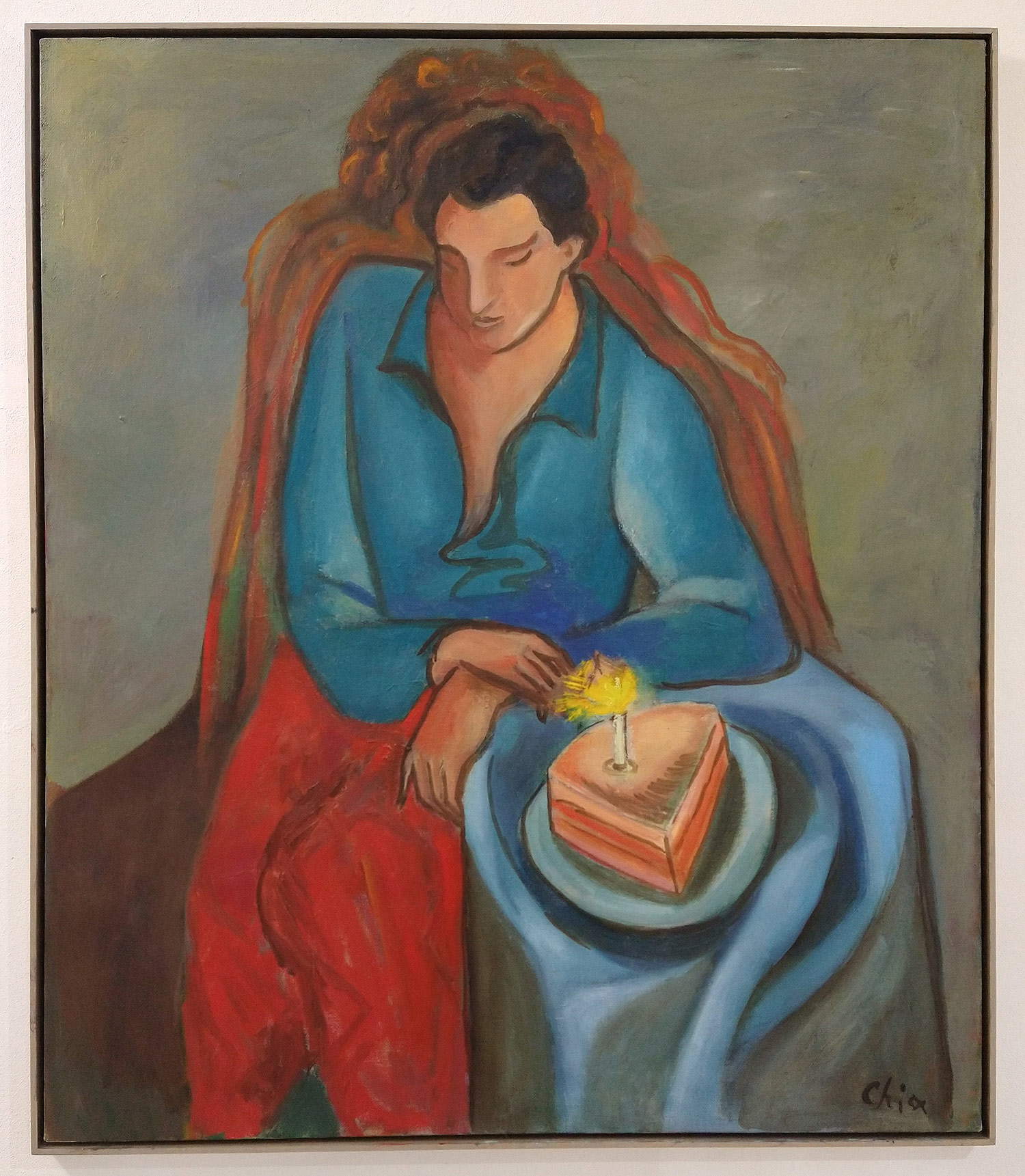
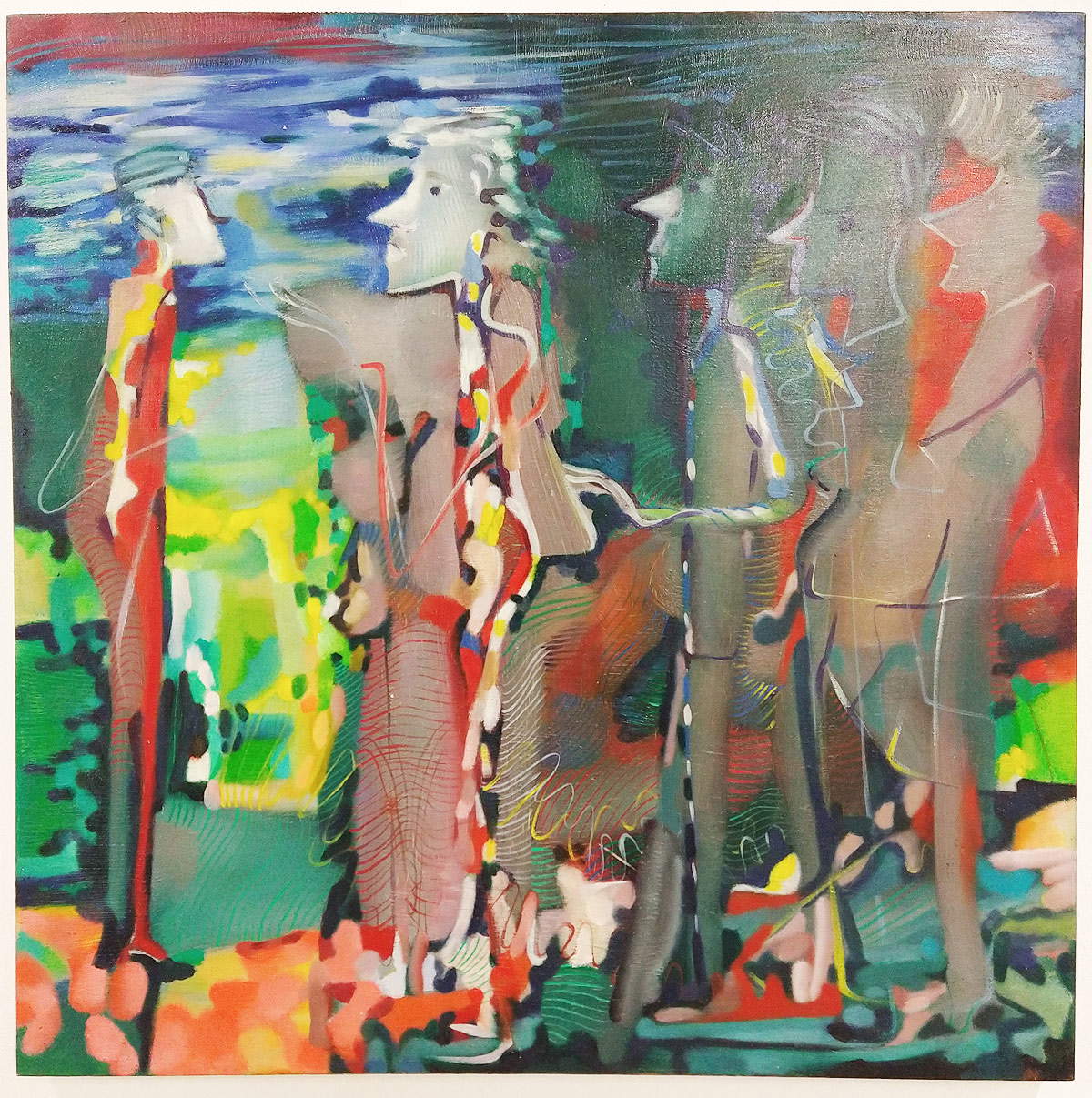
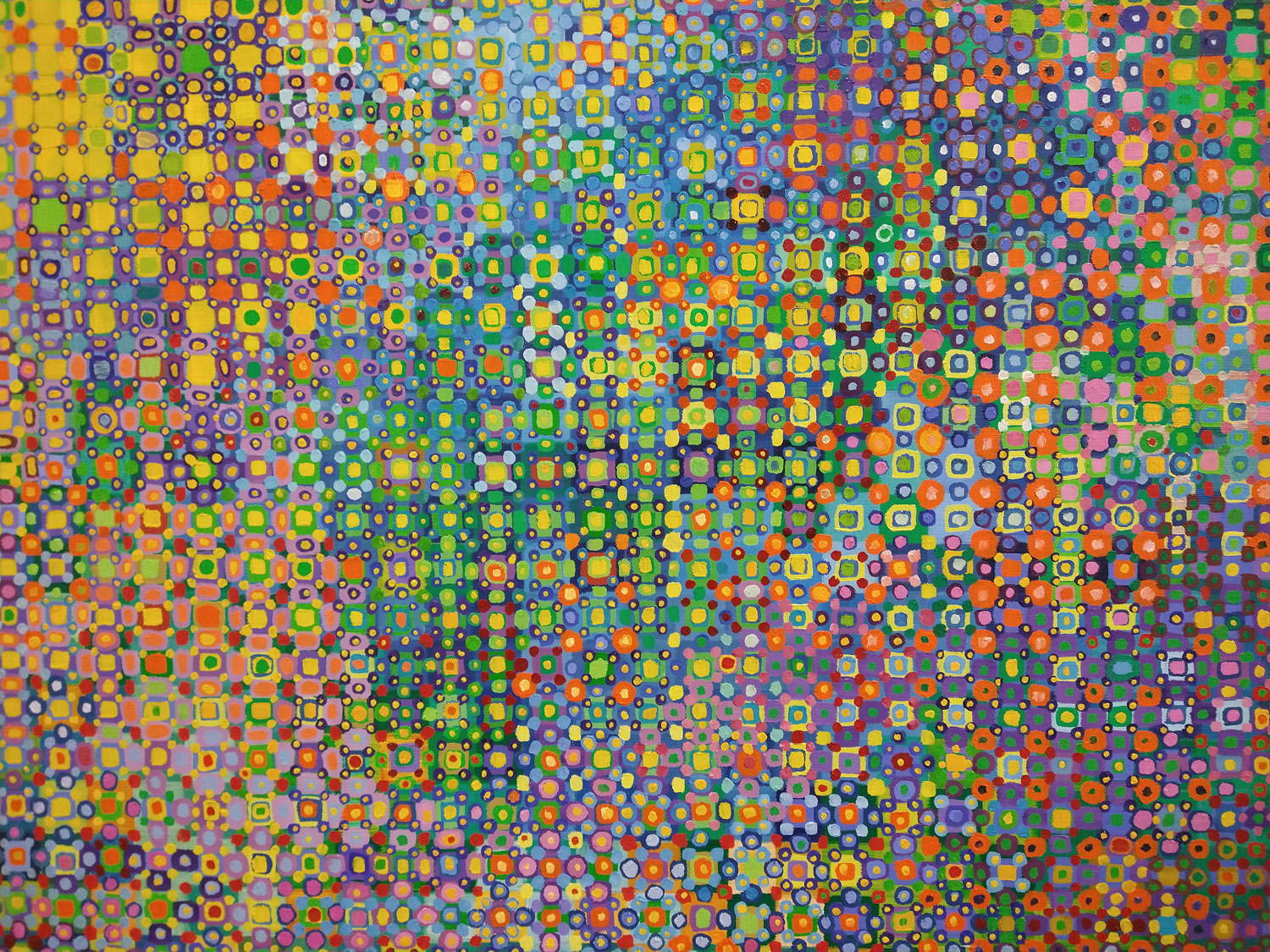
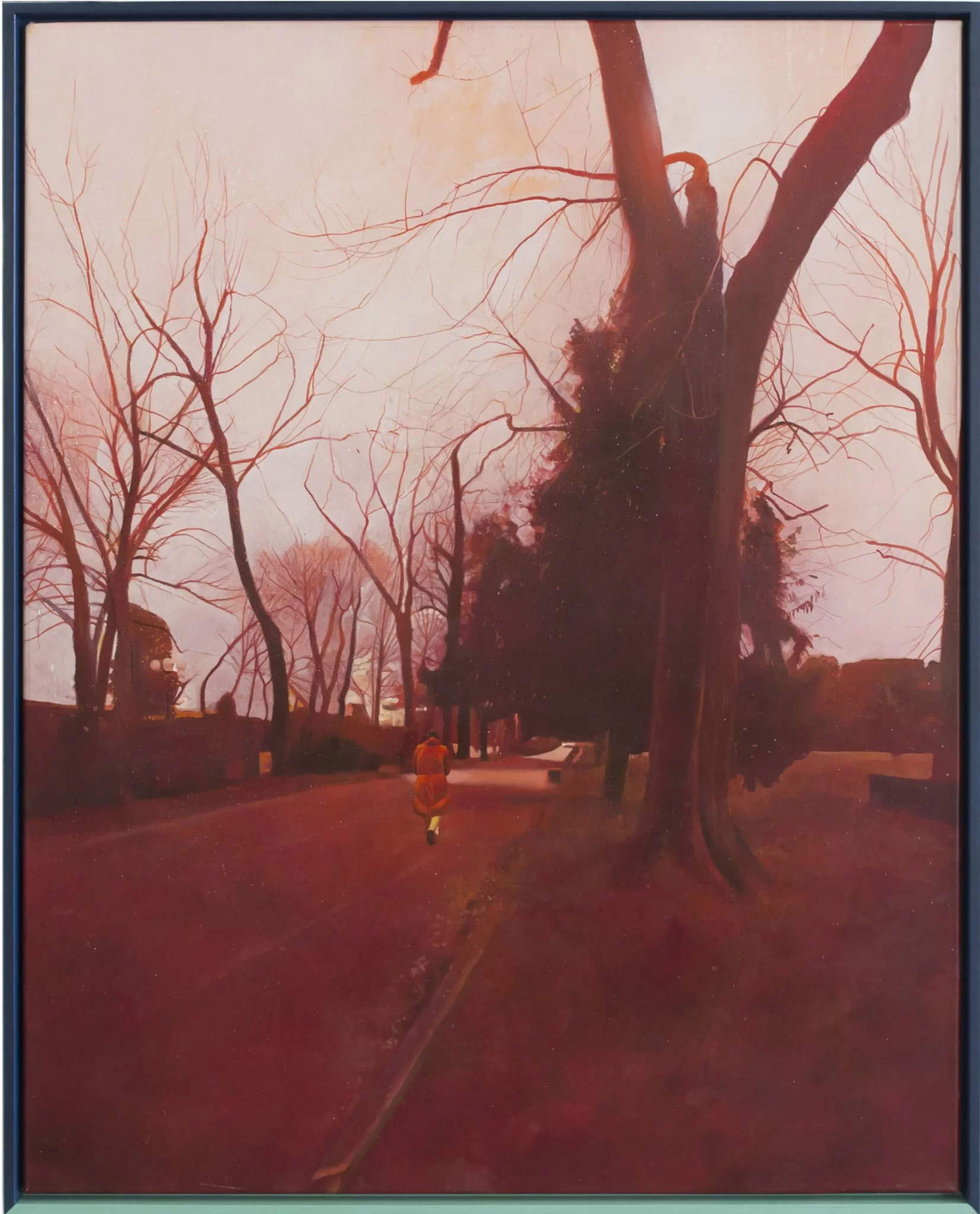
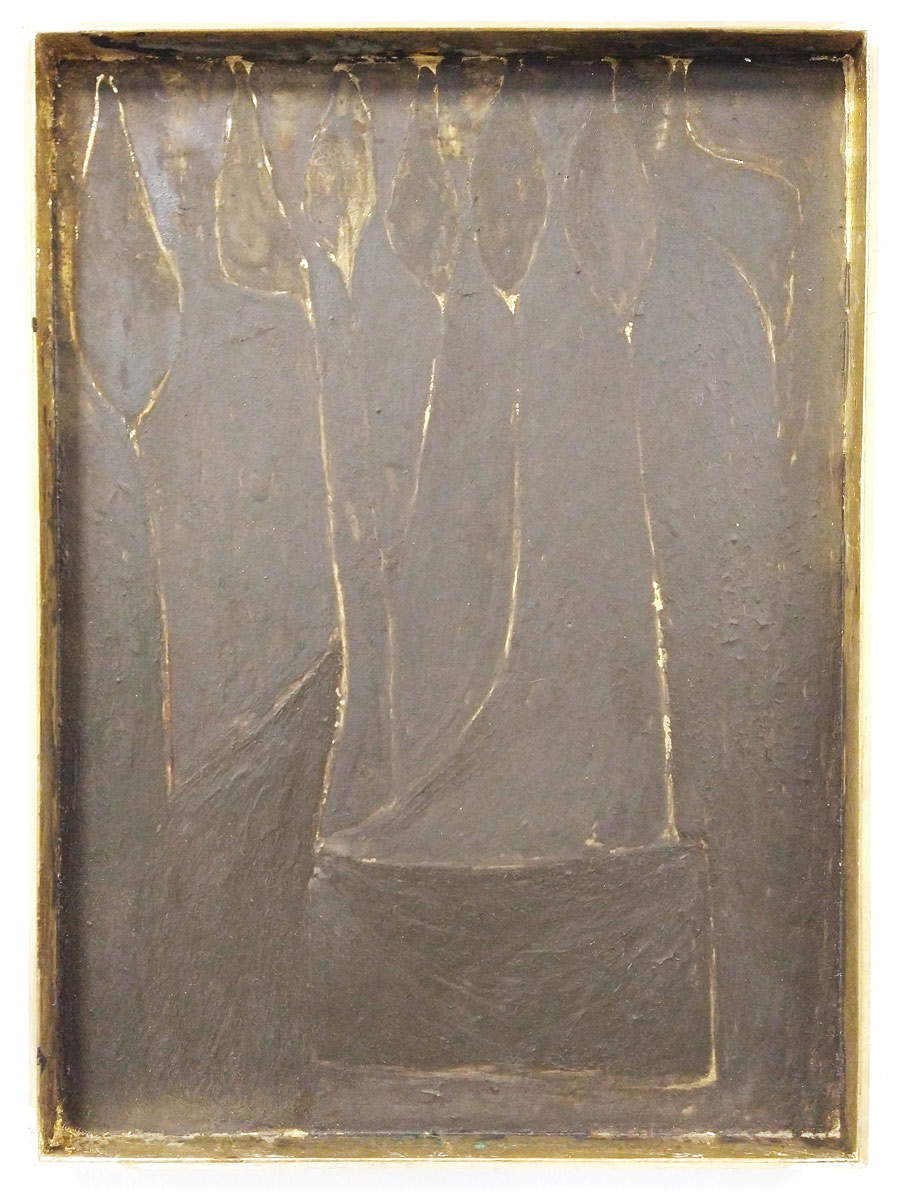
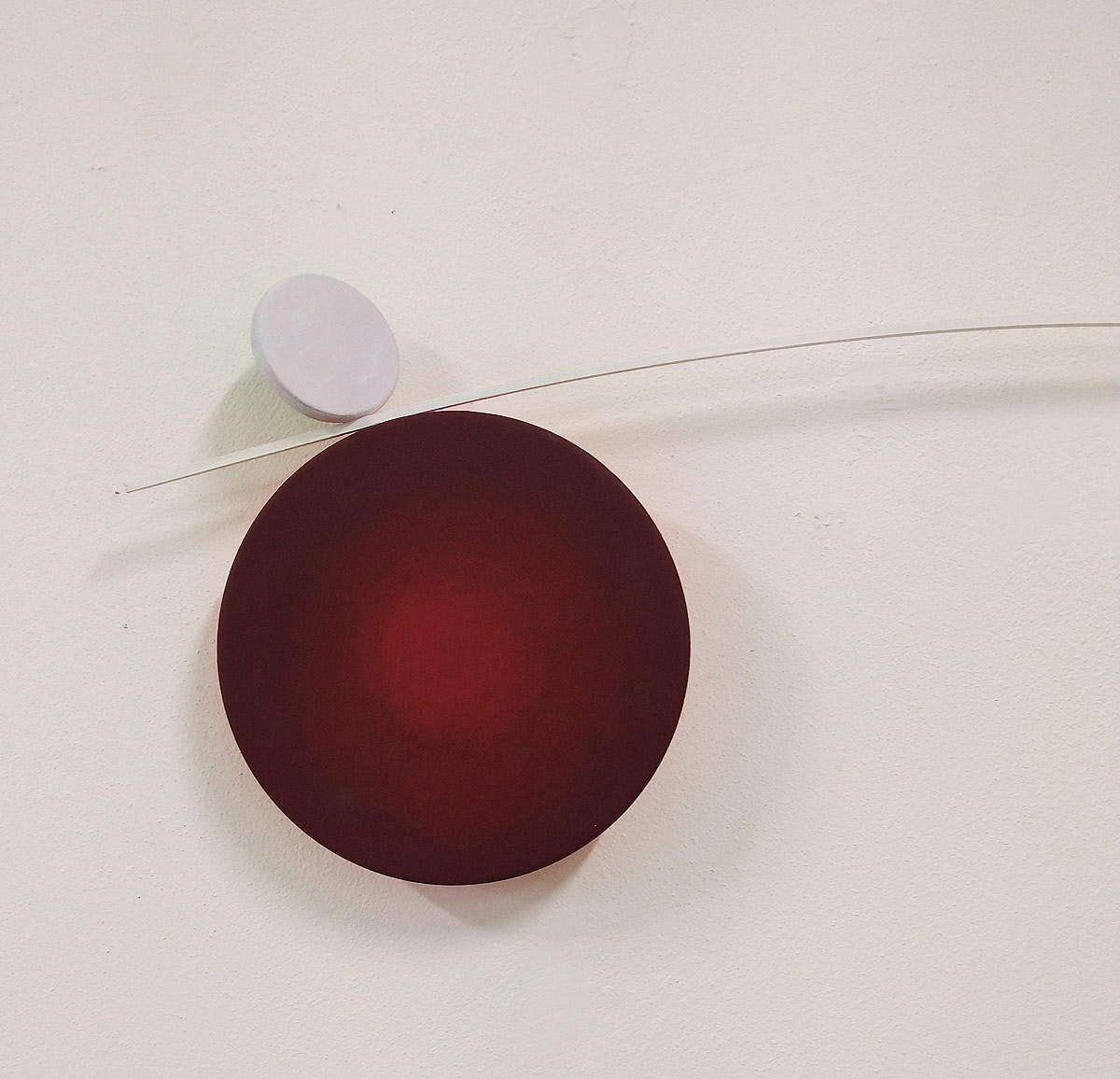

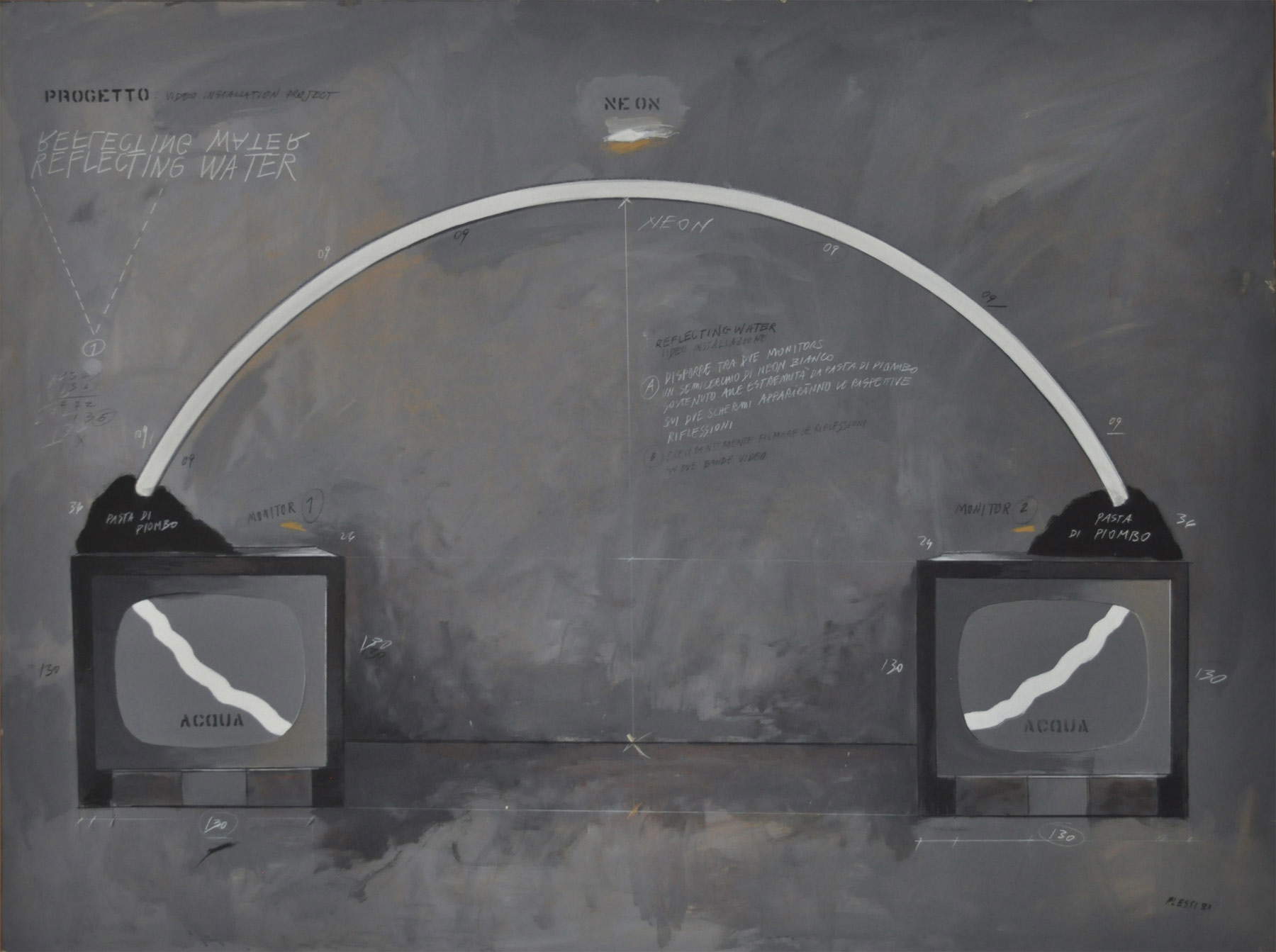
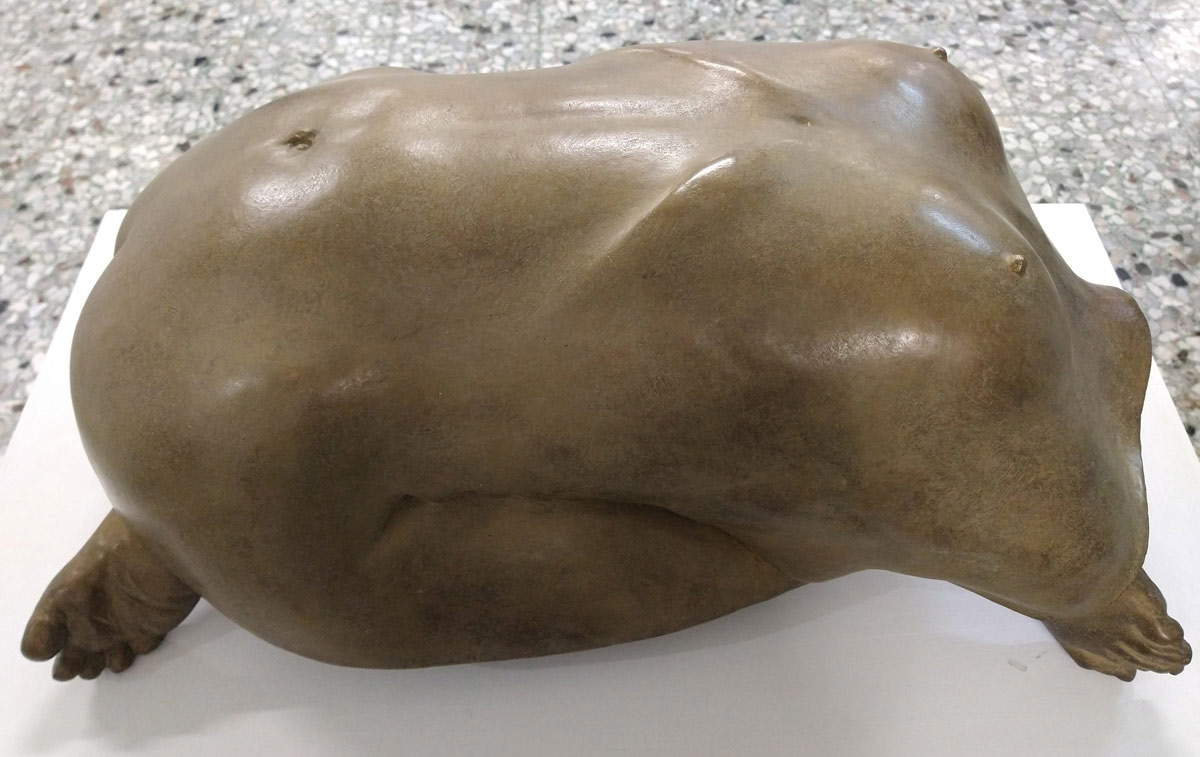
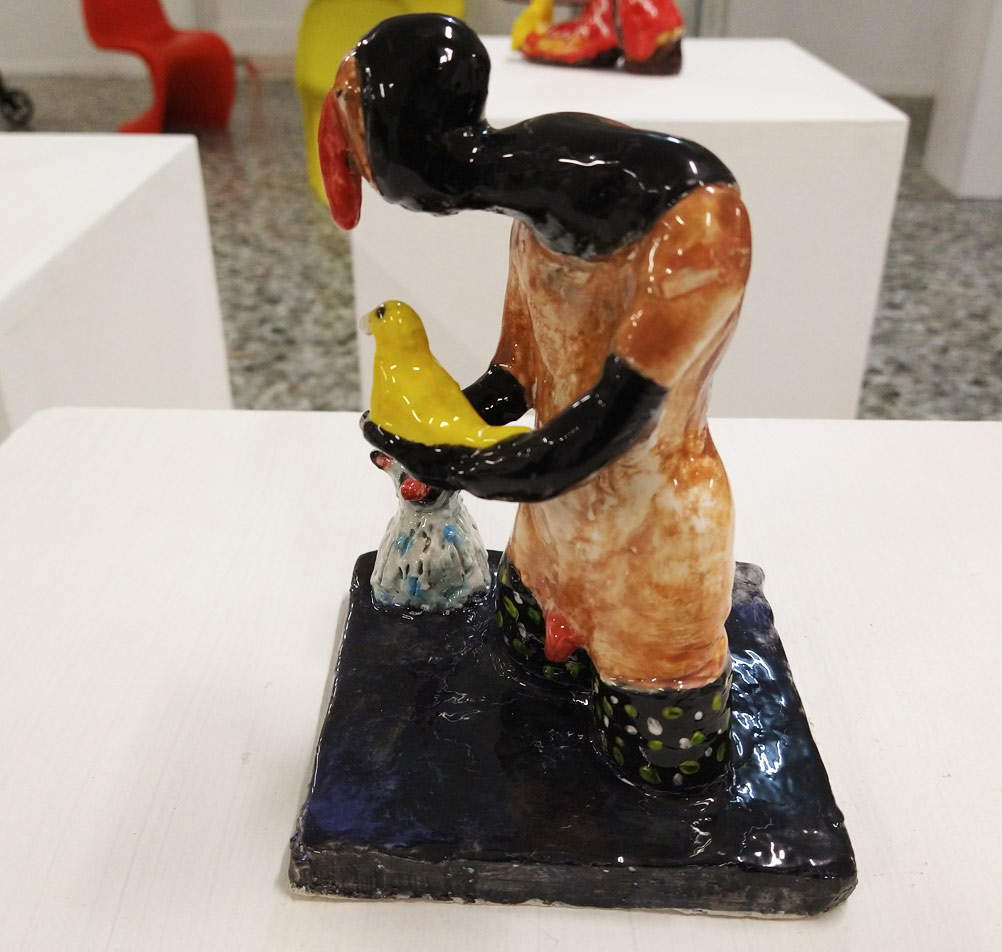
Nicola Ricci has already made it known that his desire is to conclude the project with a third stage and then rethink it for a museum venue. The selection is not easy and has no claim to completeness or exhaustiveness, but it is supported by a very high level, by a quality that is not often seen in collective exhibitions of contemporary art organized within private spaces, and of course by a project of undoubted value, which is completed by the presence of the historical masters from which the research path of the exhibition starts, a survey of the orientations of contemporary Italian art between abstraction and figuration, choosing some eloquent experiences in this sense. With all the difficulties, and the consequent and necessary courage, that today a collective entails. The result is an exhibition that, with about thirty works, reconnects the plot of a good part of the Italian scenarios from the 1980s until today, with some incursion among historical assumptions, to bring out a portion, necessarily far from fully and purely descriptive purposes (the declared intent of Uguali Disuguali is, if anything, to provide some hints) but not for this reason devoid of interest, of that wealth of ideas, languages, visions and ways that characterizes contemporary Italian art.
How many spaces in the surrounding area (which can also be extended to the entire region, but it would not be daring to go even further) can afford to launch projects similar to Uguali Disuguali? It is necessary to go and look for museums, or galleries that operate on the national if not the international market: this is, to give a term of comparison, the level of Uguali Disuguali. The public should take advantage of it, until Jan. 8. It is an opportunity to see an exhibition of great intensity. And let Carrara take advantage of it, too: let the city wake up for once from its ruinous and annihilating torpor, and finally realize that Vôtre is a lively and passionate experience, it is a surprising and stimulating laboratory, and it is a space with the highest potential, which deserves to be supported and enhanced.
Warning: the translation into English of the original Italian article was created using automatic tools. We undertake to review all articles, but we do not guarantee the total absence of inaccuracies in the translation due to the program. You can find the original by clicking on the ITA button. If you find any mistake,please contact us.